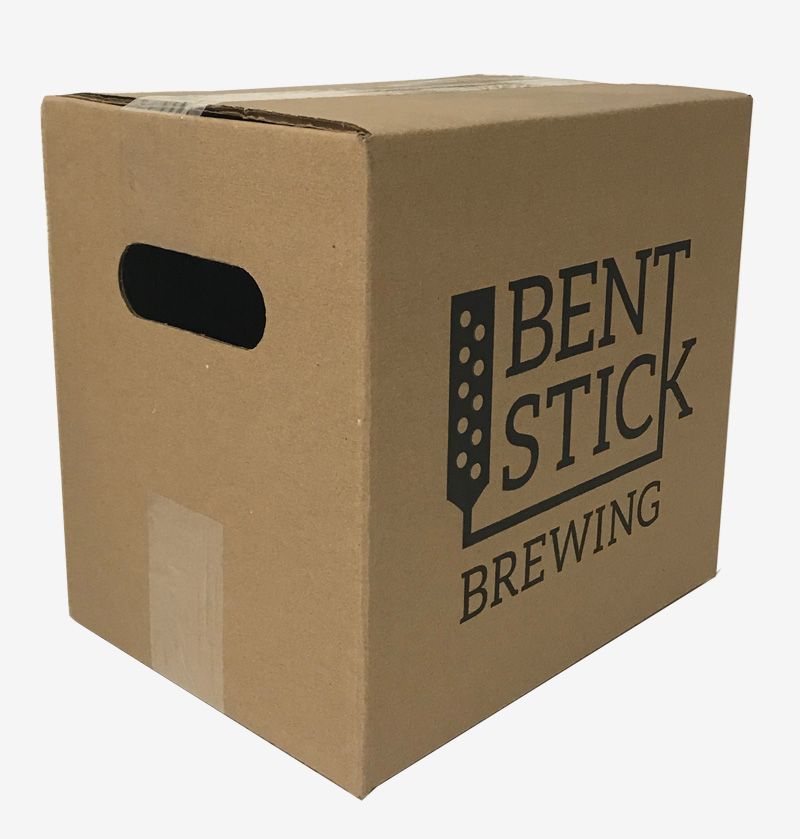The Versatility and Strength of Corrugated Fiberboard

When it comes to packaging, few materials are as ubiquitous and essential as corrugated fiberboard. This versatile and durable material, often referred to as thick corrugated cardboard, has revolutionized the way goods are transported and stored. Its unique characteristics make it the ideal choice for a wide range of applications, ensuring products are protected and delivered in perfect condition.
Characteristics Corrugated Fiberboard
Corrugated fiberboard or corrugated cardboard is composed of three layers, making it sturdy and increasing its durability. This construction gives the material its distinctive strength and rigidity while remaining lightweight. The fluted layer provides cushioning, making corrugated cardboard resistant to impacts, crushing, and tearing. This structure also allows for excellent weight distribution, which is crucial for stacking and handling during transportation.
The material’s thickness can vary depending on the specific requirements of the packaging. Single-wall corrugated cardboard consists of one layer of fluting between two liners, while double-wall and triple-wall varieties add additional layers for increased strength and durability. This versatility allows manufacturers to choose the appropriate type of corrugated cardboard based on the weight and fragility of the products being shipped.
Typical Uses of Corrugated Cardboard Boxes
- Consumer Goods: Items such as clothing, books, toys, and household goods are frequently packaged in corrugated cardboard boxes. These boxes protect the contents from damage during transit and can be easily stacked and stored.
- Electronics: Delicate and valuable electronic devices, including smartphones, laptops, and televisions, are often shipped in thick corrugated cardboard boxes with custom inserts. These inserts, made from the same material, provide additional cushioning and protection, reducing the risk of damage from shocks and vibrations.
- Food and Beverages: The food industry relies heavily on corrugated cardboard for packaging perishable and non-perishable items. The material is suitable for direct contact with food, making it an excellent choice for shipping fresh produce, canned goods, and bottled beverages. Additionally, corrugated boxes can be designed with ventilation holes to ensure optimal air circulation for fresh produce.
- Automotive Parts: Heavy and bulky automotive parts, such as engine components, tires, and accessories, are commonly packaged in double or triple-wall corrugated cardboard boxes. The strength of the material ensures these parts are protected from physical damage during transport.
- E-commerce: With the rise of online shopping, the demand for durable and reliable packaging has surged. Corrugated cardboard boxes are the preferred choice for e-commerce businesses, as they provide the necessary protection for a wide variety of products while being cost-effective and easy to handle.

